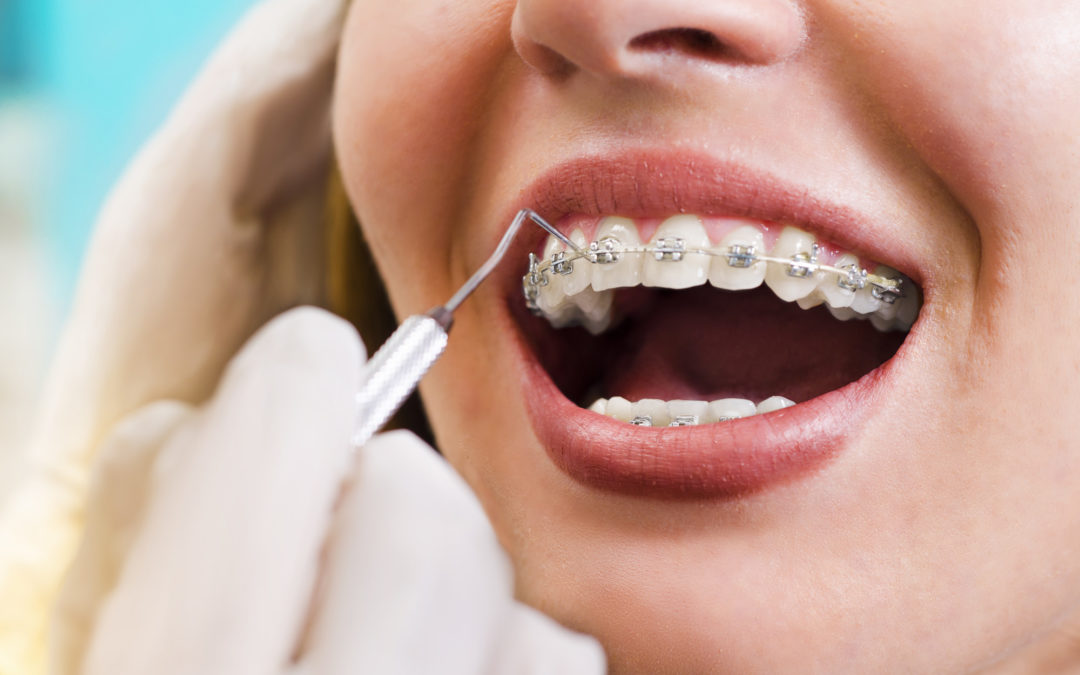
31 October 2023 | Globosoft
The Complete Guide to Understanding Metal Braces for Orthodontic Treatment
Orthodontic treatment is a transformative journey for many individuals. It's a path to a straighter, healthier smile that can boost confidence and improve overall oral health. One of the most common methods used in orthodontics is metal braces.
Understanding Metal Braces
What Are Metal Braces?
Metal braces are orthodontic devices made from stainless steel. They consist of brackets, which are cemented to each tooth, and wires that connect the brackets. These components work together to gradually shift teeth into their proper positions. Metal braces have been a trusted and effective method for orthodontic treatment for many decades.
How Do They Work?
Metal braces work by applying constant pressure to the teeth, guiding them into their desired positions over time. This pressure triggers a biological process where the bone around the teeth remodels, allowing the teeth to move. Adjustments are made by an orthodontist every few weeks to ensure the teeth continue to shift as planned.
The Advantages of Metal Braces
Effectiveness
Metal braces are highly effective in correcting even the most complex orthodontic issues, such as severe overcrowding, overbites, and underbites.
Durability
They are made of sturdy stainless steel, making them incredibly durable. They can withstand the pressures of treatment without the risk of breaking.
Customization
Today's metal braces come in various colors and designs, allowing patients to add a touch of personalization to their orthodontic journey.
Cost
Metal braces are often more affordable than some of the alternative orthodontic treatments available, making them accessible to a broader range of patients.

The Orthodontic Treatment Process with Metal Braces
Initial Consultation
The journey begins with an initial consultation with an orthodontist. They will evaluate your oral health, take X-rays, and discuss your treatment plan, including how long you will need to wear braces.
Getting Braces
On the day you get your braces, the orthodontist will clean and prepare your teeth before attaching the brackets and wires. The process is painless but can be time-consuming.
Regular Adjustments
You will have monthly appointments with your orthodontist for adjustments. During these visits, they will tighten the wires and make any necessary changes to keep your treatment on track.
Oral Hygiene
It's essential to maintain excellent oral hygiene during treatment. Brushing and flossing around the brackets and wires are crucial to prevent issues like tooth decay and gum disease.
Dietary Considerations
You'll need to be cautious about what you eat to avoid damaging the braces. Some foods and habits, like nail-biting or chewing ice, can pose risks.
End of Treatment
Once your orthodontist determines that your teeth have reached their desired positions, your braces will be removed. A retainer will be provided to help maintain your new smile.
Caring for Your Smile After Braces
After your braces are removed, the journey isn't over. You'll need to wear a retainer as directed by your orthodontist to prevent your teeth from shifting back to their original positions. Retainers are usually worn full time initially and then transitioned to nighttime wear. Routine dental check ups are also crucial to monitor your oral health and ensure your newly aligned teeth remain in excellent condition.
Metal braces have been a reliable and effective solution for orthodontic treatment for many years. They offer numerous advantages, including affordability and customization. Ultimately, the decision to pursue orthodontic treatment with metal braces should be made in consultation with an experienced orthodontist. Nechupadam Dental Care Clinic in Ernakulam offers one of the top dental services.
They can provide you with a tailored treatment plan and help you understand what to expect throughout your orthodontic journey. Remember that the end result of a beautiful, healthy smile is worth the temporary inconveniences and minor challenges that may come with wearing metal braces.